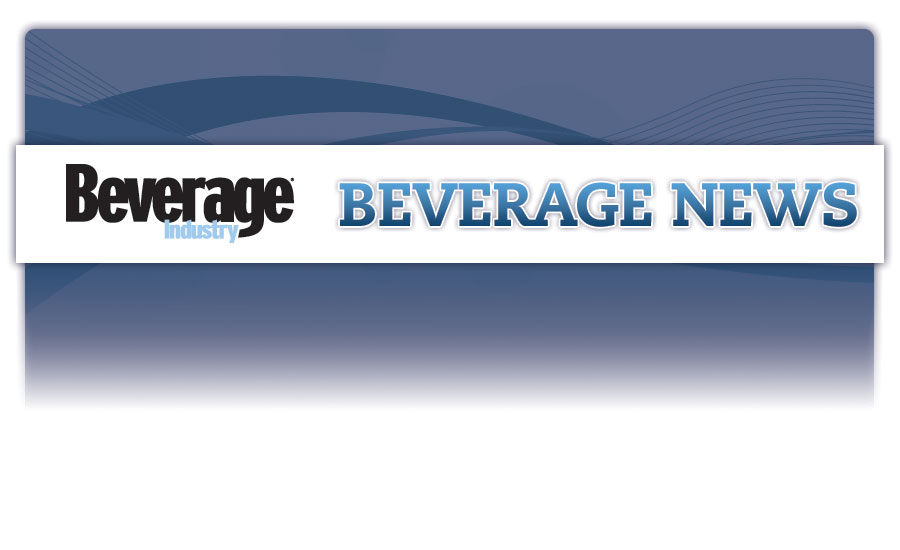Study finds shoppers spending more time in convenience stores
Increased engagement time can lead to larger basket sizes

VideoMining Corp., State College, Pa., announced the results of two national studies that found shoppers are spending less time in supermarkets and more time in convenience stores.
According to VideoMining's third annual “Grocery MegaStudy,” shoppers are spending 5 percent less time in supermarkets compared with last year. The sixth annual “C-Store MegaStudy” found that shoppers' time in convenience stores increased 6 percent from the previous year.
These shifts are in line with the broader national trends surrounding channel blurring and its impact on trip missions, the market research firm reports. To collect the data, VideoMining integrates behavioral data with a range of other data sources, including transaction data and exit interviews, it explains. In the “C-Store MegaStudy,” for example, this integration showed a correlation between time in store and average dollar basket size, which grew by 9 percent.
VideoMining's standard tracking programs analyzed in-depth data from 14 million shopping trips. In collaboration with top grocery and C-store retailers, the MegaStudy programs provide detailed analysis of shopper interactions with more 220 categories, insight into behaviors of key shopper demographics like Hispanics and millennials, and a number of special interest reports.
Engaging shoppers for longer periods can lead to increased basket size in C-stores, according to Mark Delaney, VideoMining's senior vice president of retail. Identifying the factors driving these increases and which levers can be pulled to maximize the value of longer in-store visits is the key for manufacturers and retailers, VideoMining reports.
"Convincing time-starved shoppers to spend more time is a challenge that the convenience channel seems up for," Delaney said in a statement. "One key is ensuring they have the right assortment to satisfy shoppers who are increasingly concerned about healthy eating and expecting tailored offerings by time of day. Our MegaStudy provides the next-level insights to understand what's actually happening at the shelf and helps retailers and manufacturers crack the code for increasing sales."
Looking for a reprint of this article?
From high-res PDFs to custom plaques, order your copy today!








